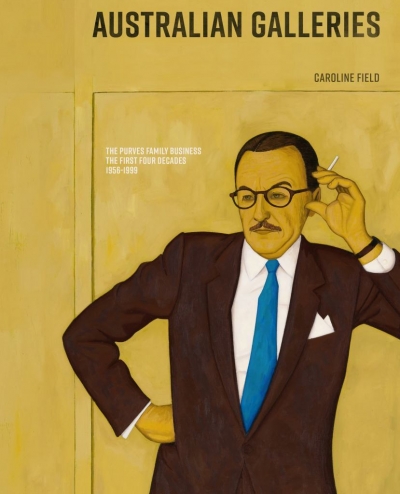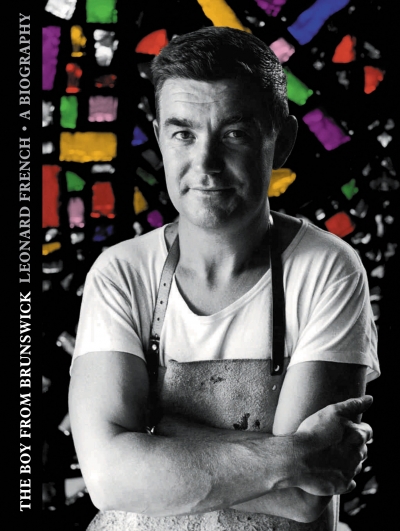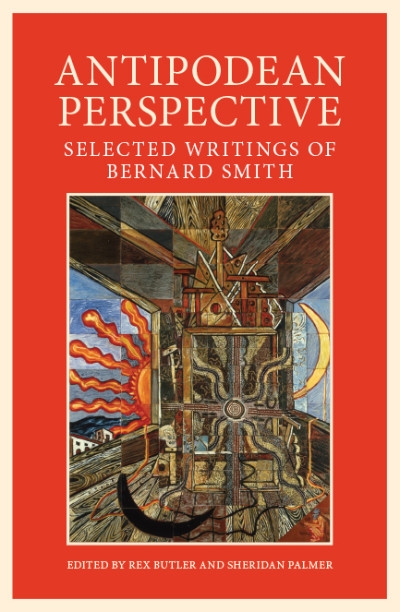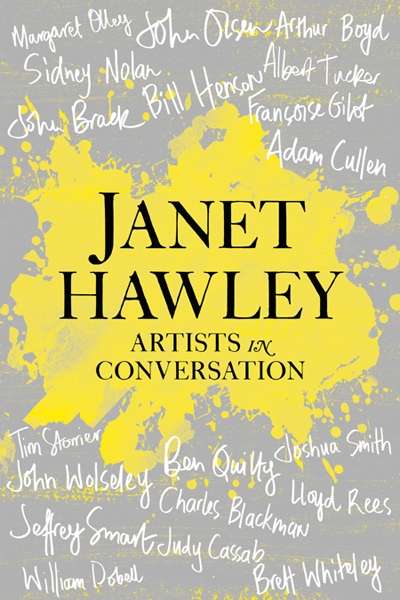Sheridan Palmer
Australian Galleries: The Purves family business: The first four decades 1956–1999 by Caroline Field
by Sheridan Palmer •
The Boy from Brunswick: Leonard French, A biography by Reg MacDonald
by Sheridan Palmer •
Antipodean Perspective: Selected Writings of Bernard Smith edited by Rex Butler and Sheridan Palmer
by Brian Matthews •
A Most Generous Scholar: Joan Kerr: Art and Architectural Historian by Susan Steggall
by Sheridan Palmer •





